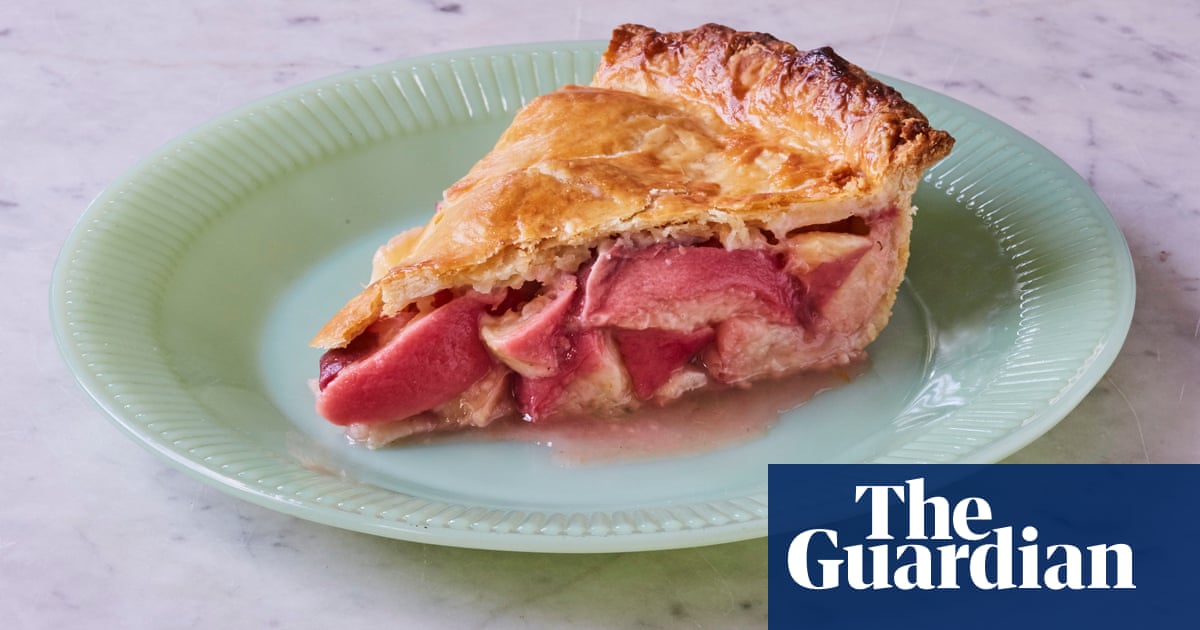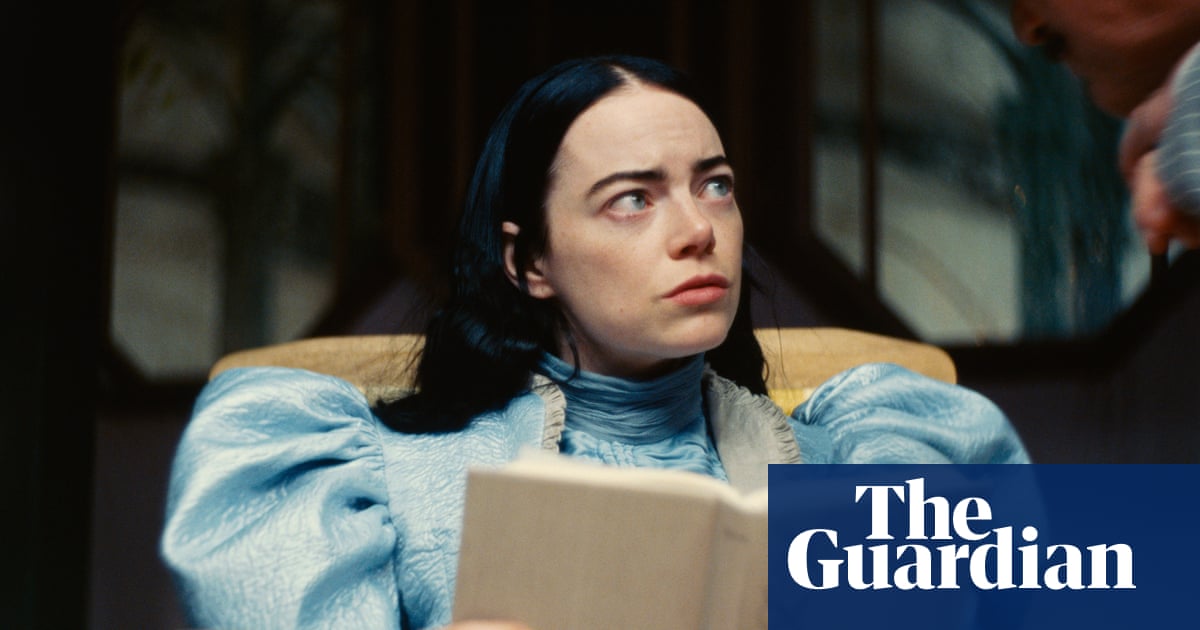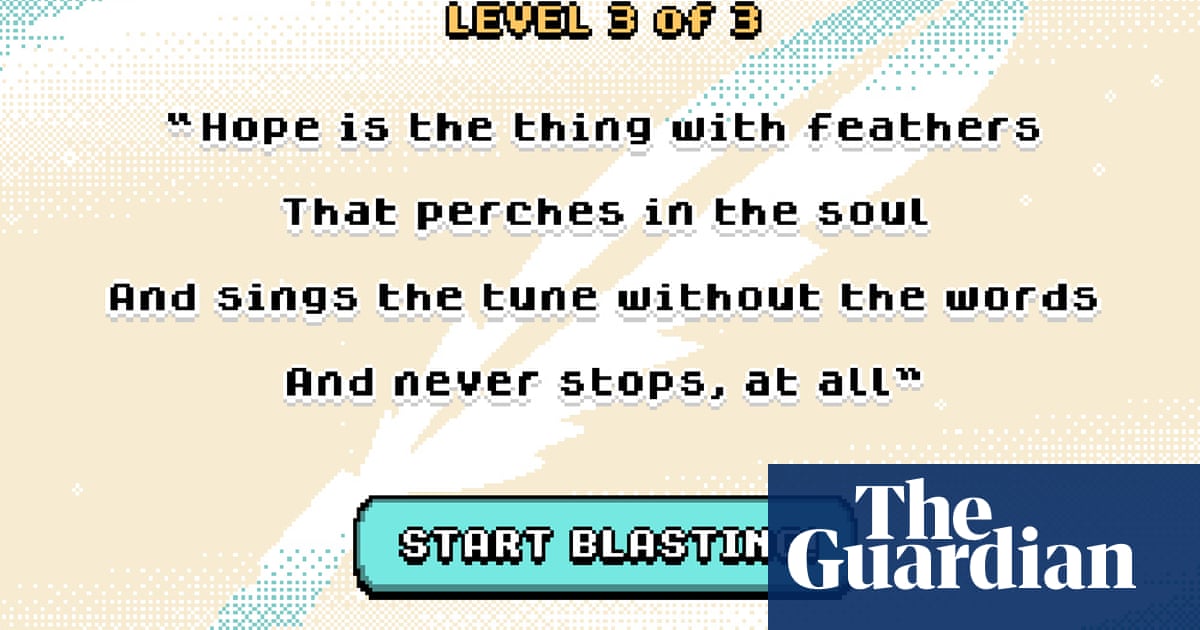
Food in books has a way of lodging in the memory. For some it might be the kidneys on Leopold Bloom’s mind in Joyce’s Ulysses. For others, it’s the hard-won German sausage that Ratty finds at the end of Wind in the Willows. The book may be rich or grotesque, stark or sickly sweet, but we, the reader, are always invited to ask ourselves why, and how, we choose to take it in.
The Glutton by AK Blakemore
Set in 18th-century France, Blakemore’s episodic 2023 novel, based on a real historical figure, reimagines the life of Tarare, a young peasant cursed with an appetite that goes well beyond the insatiable. Destitute and lonely, he is adopted by a travelling troupe, where he gains some fame as a kind of monstrous performing roadshow. An average morning sees him consuming “five news-sheets, a hat, three thimbles, twenty pigs’ trotters, two candles and a blind puppy”. Holed up in hospital as a medical specimen, rumours circulate about quite where his hunger has led him. This is a triumphant, tender exploration of fiction-making and desire.
The Gastronomical Me by MFK Fisher
Fisher’s pioneering “gastrography” or “foodoir” won plaudits on its 1943 publication. Most famously from one of greatest poets of the 20th century. “I do not know of anyone in the United States who writes better prose”, wrote WH Auden. Fisher’s story is about her personal experience of food and the pain of war. She writes richly and variously of food and communion, of “the warm round peach pie and the cool yellow cream”, of how she “ate bread on a lasting hillside” or “drank red wine in a room now blown to bits”. An extraordinary combination of travelogue and feminism, strawberry jam and oysters, fascists and refugees, love and hunger.
The Debt to Pleasure by John Lanchester
“This is not a conventional cookbook,” writes Lanchester’s hero Tarquin Winot in this thriller-masquerading-as-foodie memoir. Over a variety of “seasonal” chapters, Winot weighs in about his various relatives and friends, “the many extant batter, waffle and pancake dishes” from “Swedish krumkaker” to “Polish naleśniki” and his convictions in relation to fish (“lemon sole is a very underrated fish, much closer in quality to its more highly regarded Dover cousin than wisdom normally permits”). Lanchester crafts Winot-as-author to be infuriating – he’s pompous, tricksy and pedantic – but a fancy prose style soon turns out to be the most innocent of his vices. A dark, funny and exquisitely crafted book.
Picklehead by Rohan Candappa
“Family and food. You couldn’t separate the two. Where there was family, there was food. Where there was food, there was family”. Candappa’s Picklehead combines memoir, history and recipes to provide a gorgeous gastro-journey through family and identity. The writer reflects on what food means to him, and how it has shaped him. He writes expansively – offering a history of vindaloo, memories of the Kolkatan potato curry in wartime, and an excellent recipe involving tinned pilchards and ginger.
Babette’s Feast and Other Stories by Isak Dinesen
All is calm in small the small Norwegian town. Babette, a refugee from the French Revolution, cooks plain food for her Lutheran mistresses, and they attend to their prayer meetings with devotion. But when Babette hears she has won the lottery, she decides to treat her household to “a real French dinner”. Babette’s exquisitely executed feast – with its champagne, turtle soup and fresh figs – stands on its own, but also works as a symbol for the delicate and brilliant crafting of this beautiful story. A tale of faith, sacrifice and what it means to be a great artist, in any form.












